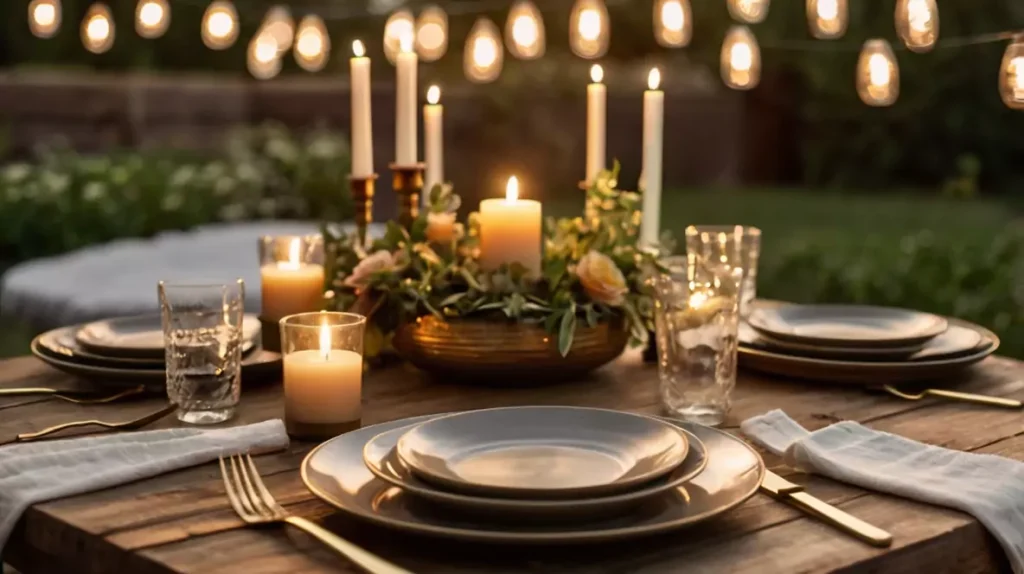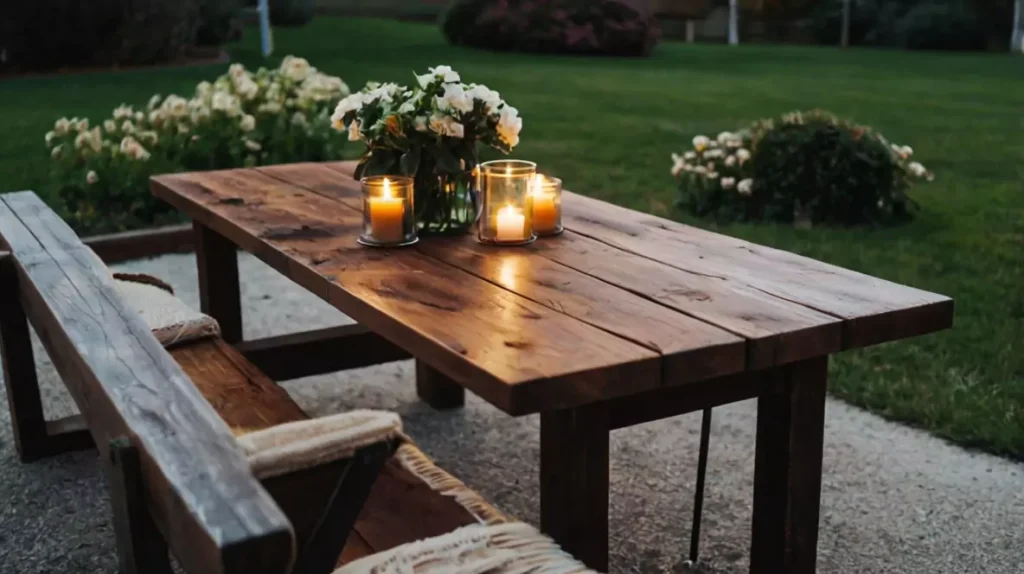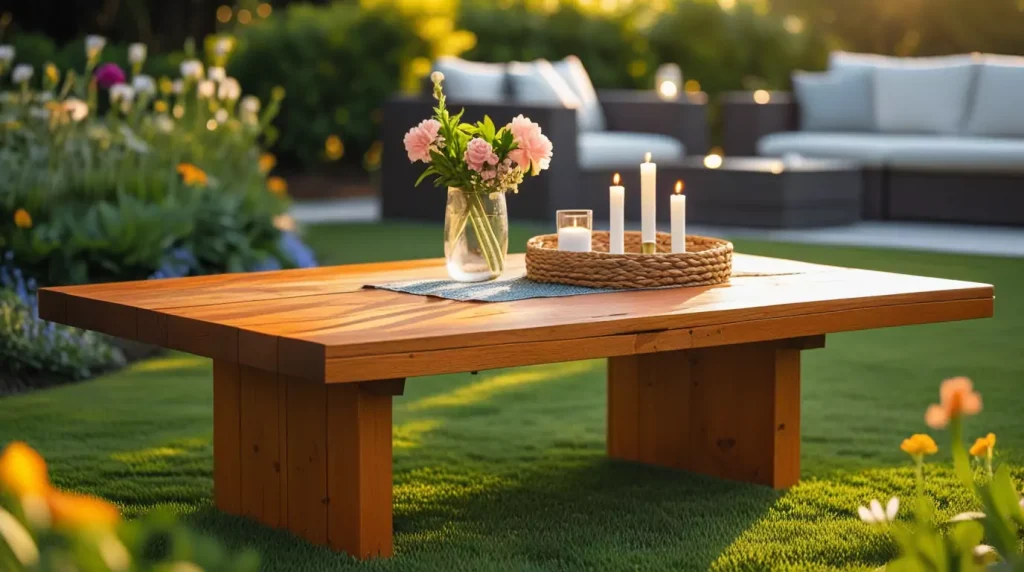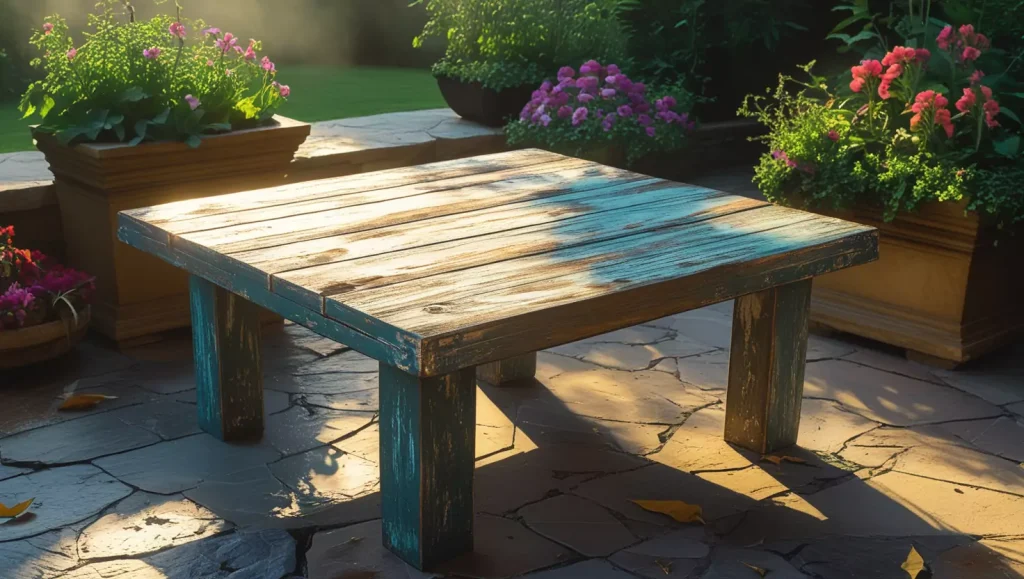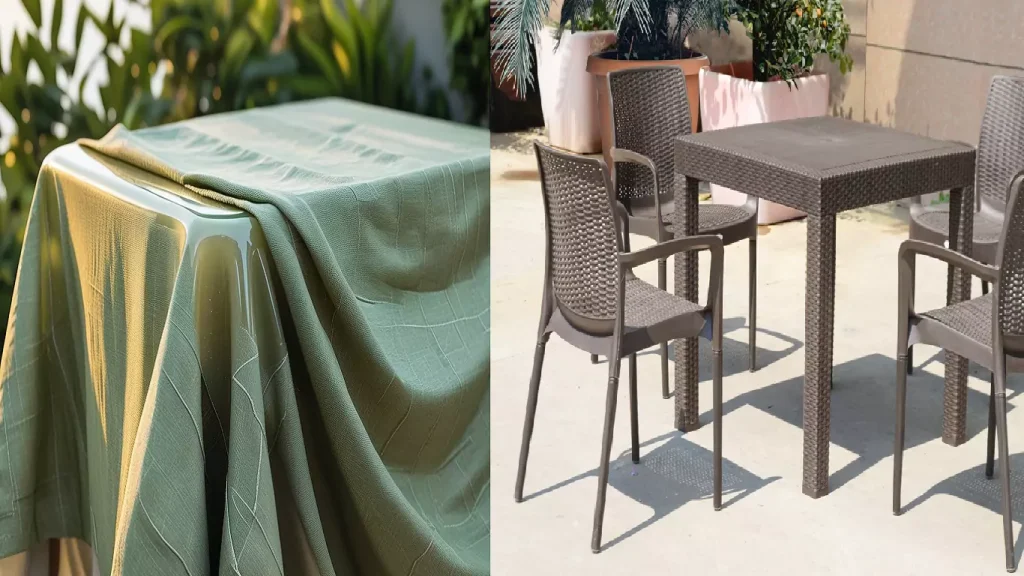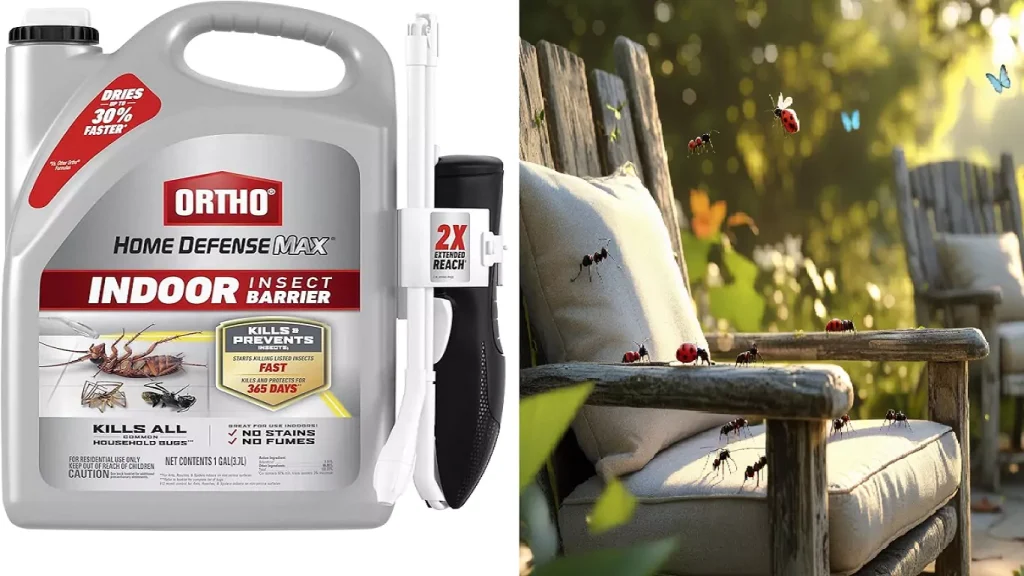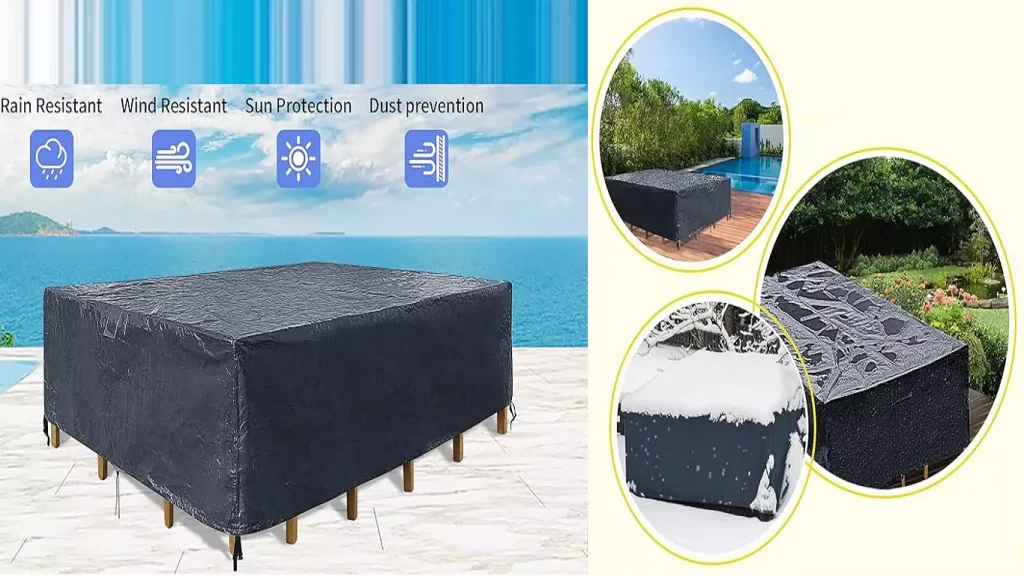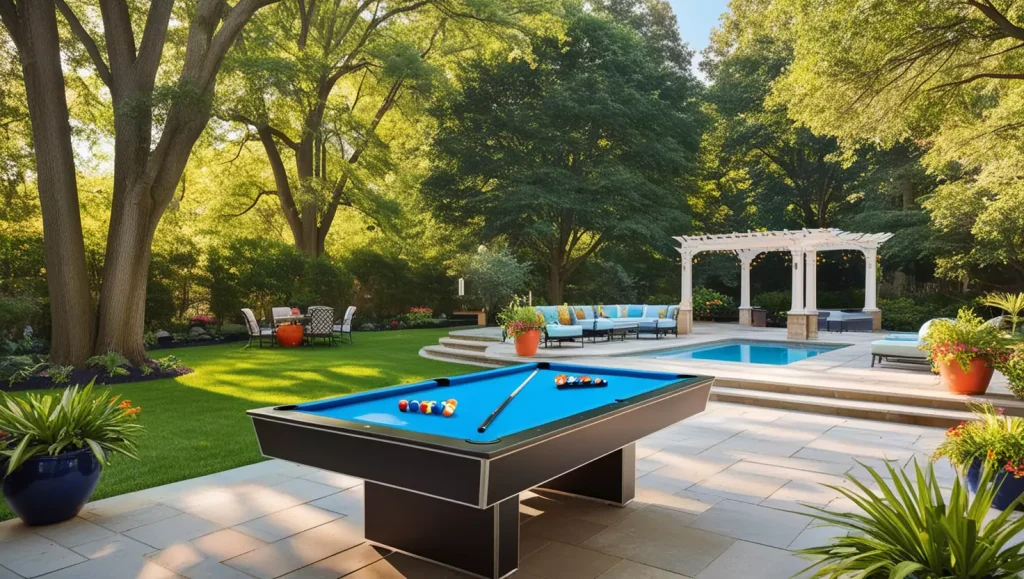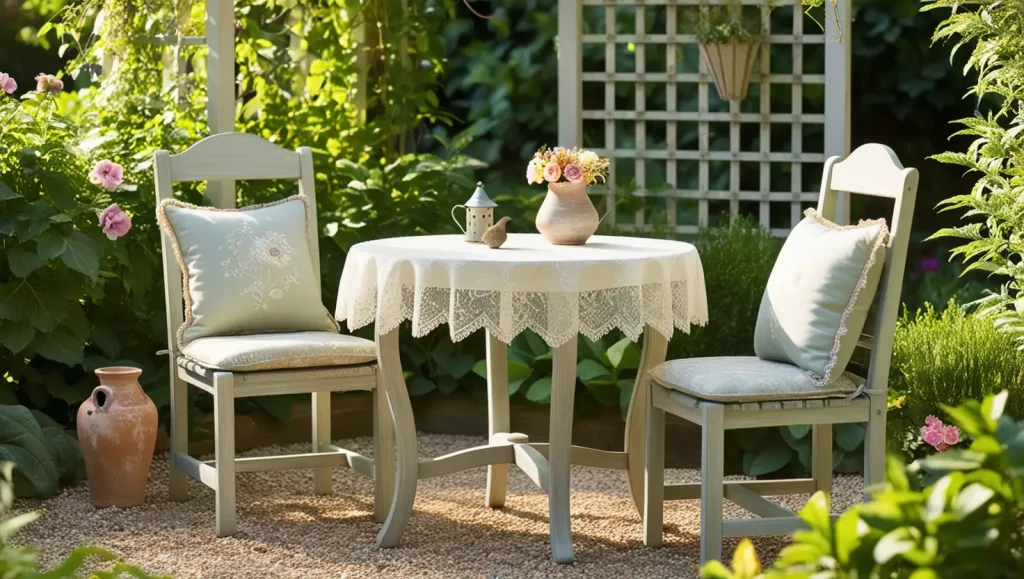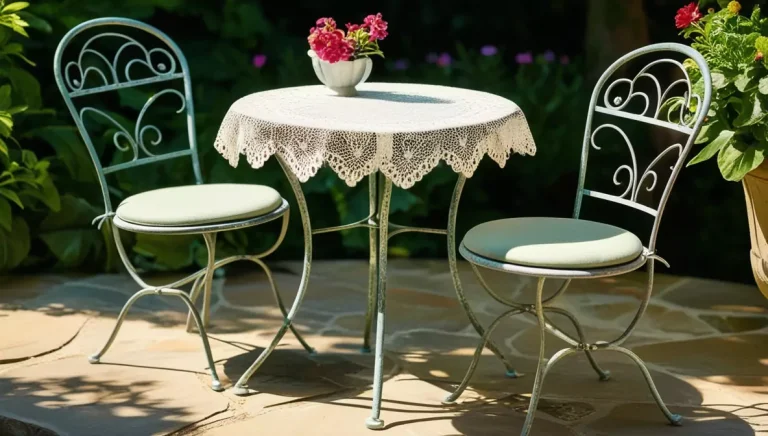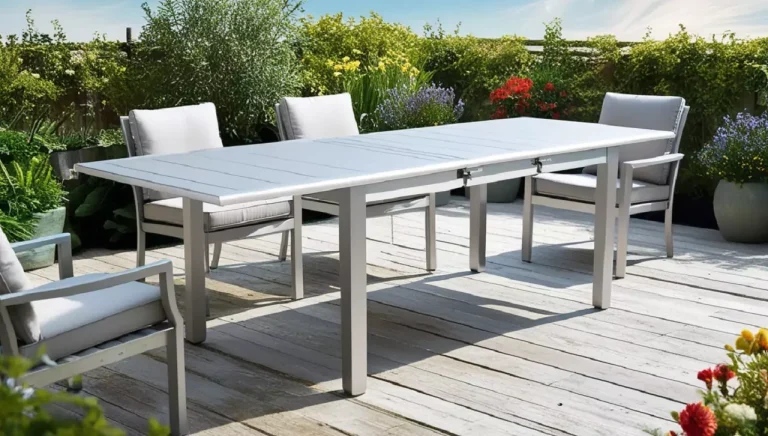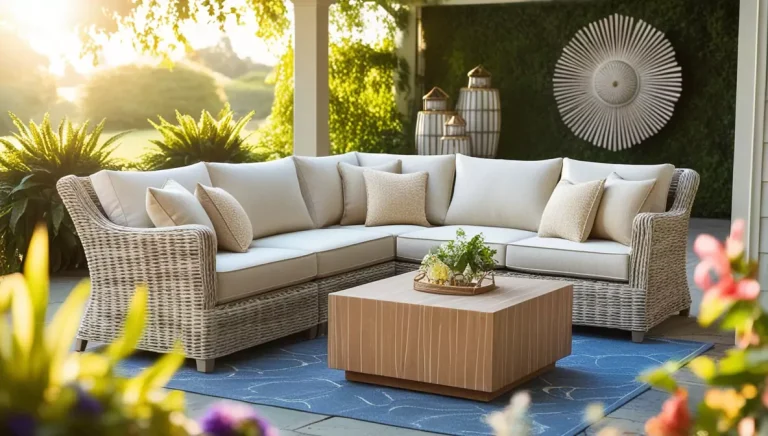Let's Learn How to restore powder coated aluminum patio furniture?
For any outdoor space, powder coated aluminum patio furniture is a strong and fashionable option. Over time, however, exposure to the elements can wear down its finish. When scratches, fading, or peeling appear, restoring powder-coated furniture can make it look new again.
This guide provides a step-by-step approach to restoring powder-coated aluminum patio furniture and helpful tips for maintenance to extend its life.
Why Powder Coating is Essential for Aluminum Patio Furniture
Aluminum patio furniture stands the test of time, but only when adequately protected. Necessity of powder coating is important thing for long-term.
Unlike traditional paint, powder coating provides a durable, protective finish that extends the furniture’s life. If you’re asking “how to restore powder-coated aluminum patio furniture,” it’s important to comprehend the advantages of powder coating and the proper restoration procedures.
Benefits of Powder Coating
Protection Against Rust and Corrosion
The ability of powder coating aluminum furniture to stop rust and corrosion is one of its main advantages.
Aluminum is naturally resistant to rust, but without an additional protective layer, it remains vulnerable to corrosion, especially in outdoor environments.
Powder coating bonds to the metal, creating a barrier against moisture, oxygen, and other environmental elements that could damage it. Unlike regular paint, powder coating does not flake or peel off easily, ensuring long-term protection.
Enhanced Durability and Weather Resistance
Powder-coated surfaces are very resistant to fading, chipping, and scratching. This durability makes powder-coated aluminum patio furniture ideal for outdoor use.
Exposure to UV rays, rain, and fluctuating temperatures will not quickly degrade the coating, unlike traditional paint finishes. The powder coat’s resistance to these elements prevents unsightly wear and maintains the furniture’s appearance over time. Homeowners who choose powder-coated aluminum enjoy a low-maintenance, stylish outdoor space.
Ease of Maintenance and Environmental Friendliness
Powder-coated furniture is remarkably easy to maintain. A simple wipe-down with mild soap and water keeps the coating looking new without needing specialized cleaning solutions.
Additionally, compared to conventional paint, powder coating is more environmentally friendly. It produces fewer volatile organic compounds (VOCs) and minimizes waste since unused powder can be recycled during the coating process. Benefits of this eco-friendliness is best for environment.
Assessing the Condition of Your Furniture
Before starting the restoration process, inspect your aluminum patio furniture. Understanding its condition helps you identify necessary restoration steps and materials. Common issues to look for include:
- Scratches: These are visible lines or marks that may penetrate the protective coating.
- Fading: Sun exposure can cause the color to dull, especially if the furniture lacks UV-resistant coating.
- Rust and Corrosion: Unprotected or damaged areas may show signs of rust, indicating the need for immediate restoration.
Assessing these issues allows you to prepare the correct tools and materials for a complete restoration.
Preparing for Restoration
Restoring powder-coated aluminum patio furniture requires specific tools and materials. Ensuring you have everything ready will make the process efficient. Essential items include:
- Sandpaper: This smooths the surfaces and removes rust.
- Cleaning Agents: Mild soap and water with sponges or soft cloths will help clean the furniture.
- Powder Coating Equipment: If you need to reapply the powder coating, a powder coating kit is essential.
- Protective Items: Wear gloves, masks, and safety glasses to stay safe during the restoration process.
Having these materials prepared will streamline the restoration process.
Steps to Restore Powder-Coated Patio Furniture
Cleaning and Stripping the Surface
To begin, give the furniture a thorough washing to get rid of all the dust, grime, and debris. Using a sponge or soft cloth, apply a mild soap and water solution.
Cleaning is essential before stripping the old coating or performing any repairs. If the powder coating is damaged or peeling, you may need to strip it. Chemical strippers or sandblasters work well to remove old powder coating and prepare the surface for the new layer.
Sanding and Repairing Scratches
Once the furniture is clean, sanding becomes the next important step. You need sandpaper to make smooth areas with rust, scratches, or imperfections. To guarantee a uniform, smooth finish for the new coating, this step is essential.
For deeper scratches or dents, apply epoxy resin to fill gaps and create a flat surface. A sandblaster can help remove stubborn rust spots or flaws in the aluminum, leaving the surface smooth and ready for priming.
Priming the Surface
Priming enhances powder adherence and provides an additional layer of protection. Apply a metal primer that suits aluminum surfaces to strengthen the bond. A good primer also boosts the durability of the powder coating and prepares the surface for an even application.
Applying Primer and Powder Coat
Priming the surface increases adhesion and adds an extra layer of protection. Using primer metal can extend powder coating. When choosing a powder, opt for one designed for outdoor use.
To guarantee durability, look for alternatives that are weatherproof and UV-resistant. Use a powder coating gun to apply an even layer across the primed surface. Spray consistently to achieve full coverage, which is essential for a professional-looking finish.
Curing the Powder Coating
Proper curing is essential to achieve a hard, durable finish. Follow the manufacturer’s recommended curing temperatures and times, typically around 350°F to 400°F for 10-20 minutes.
A curing oven provides the best results as it evenly heats the furniture, ensuring the powder bonds properly to the aluminum surface. For smaller pieces, a heat gun can work as an alternative, but be cautious to achieve even heat distribution for optimal results.
Tips for Effective Restoration of Powder-Coated Furniture
To ensure a high-quality restoration, follow these essential tips.
Inspect Furniture Thoroughly Before Starting
Before restoration, examine your furniture for visible damage. Look for any scratches, fading, or peeling in the powder coating. Check for any rust or corrosion, especially in areas where the coating may have worn away. Identifying these issues early will help you determine the necessary materials and tools for restoration.
Invest in High-Quality Powder Coating Equipment
Using high-quality equipment is crucial for an even, professional finish. Invest in a reliable powder coating gun and high-grade powder. A durable curing oven or heat source also ensures the powder coating adheres effectively. Quality equipment improves adhesion, durability, and overall appearance, giving your furniture a professional look that lasts.
Ensure Proper Ventilation During the Coating Process
Apply powder coating in a well-ventilated space to avoid inhaling harmful particles. Ventilation reduces exposure to airborne powder and creates a smoother application. Work outdoors or in a well-ventilated room with good airflow for best results.
Follow the Manufacturer’s Instructions for Curing
For optimal results, adhere to the curing instructions provided by the powder manufacturer. These guidelines usually provide recommended curing temperatures and times. Proper curing helps the coating bond securely to the metal surface, ensuring a durable and long-lasting finish. The quality of the restoration may suffer if this step is skipped.
Finishing Touches and Maintenance
After restoring your furniture, add protective touches and follow routine maintenance to prolong its life.
Applying Sealants and Topcoat
Consider adding a clear coat sealer after curing for extra protection. This clear coat shields the furniture from UV rays, moisture, and wear, extending the powder coating’s lifespan.
Regular Waxing for Shine and UV Resistance
Waxing every few months maintains your furniture’s shine and protects it from UV rays. Use car wax suitable for metal surfaces. Apply the wax sparingly to avoid buildup and enhance the powder coating’s finish.
Routine Maintenance Tips
Proper maintenance keeps your restored powder-coated furniture looking great. Here’s how:
- Gentle Cleaning with Mild Detergents: Wash your furniture with warm water and mild detergent. Use an absorbent cloth to avert damages.
- Avoiding Harsh Chemicals: Skip harsh solvents, bleach, and ammonia. These substances have the potential to shorten the powder coating’s lifespan and cause harm.
- Using Car Wax Seasonally: Apply car wax seasonally for added UV protection and a polished finish. The durability of the coating is preserved and fading is lessened by this protective layer.
DIY or Professional: Which is Right?
Think about the project’s size, the equipment needed, and your comfort level when choosing between do-it-yourself versus professional restoration.
When to Opt for DIY Restoration
DIY restoration is a rewarding, cost-effective choice if you have the necessary time, tools, and motivation. Simple touch-ups or minor repairs are often manageable with basic equipment. DIY projects give you control over the process, letting you personalize the finish and enjoy hands-on satisfaction.
Benefits of Professional Powder Coating Services
For extensive restorations or if you lack the right equipment, professional services are a great investment. Experts possess the knowledge and superior equipment required for a perfect finish. Complex repairs and larger pieces benefit from a professional’s touch, ensuring long-lasting results and a professional-grade appearance.
Adding Final Accessories and Enhancements
After restoring your furniture, consider adding final accessories to complete the look.
Consider New Cushions and Slats
Enhance comfort and aesthetics by adding new cushions and slats. Choose cushions made from weather-resistant fabrics for durability. Refresh the look by replacing worn-out slats or choosing new colors to match your outdoor décor.
Ways to Style and Personalize Your Restored Patio Furniture
Personalize your patio setup with accessories like throw pillows, outdoor rugs, and lanterns. Mixing colors and patterns can bring a lively, cohesive look to your outdoor space. Add plants or lighting to create a welcoming atmosphere that reflects your style.
FAQs : Restoring Powder-Coated Aluminum Patio Furniture
Q: How do I restore powder-coated aluminum?
To restore powder-coated aluminum, start by cleaning the surface with mild soap and water. Sand down any rust or damage, then apply a primer if needed. Follow with a fresh coat of powder paint and cure the coating according to the manufacturer’s instructions.
Q: How do I refinish powder-coated aluminum?
Refinishing involves cleaning the furniture, stripping any damaged coating, and sanding the surface to make it smooth. Apply a primer, then use a powder coating gun to apply new powder coating. Finally, cure the piece with heat for a long-lasting finish.
Q: Can powder-coated aluminum be repaired?
Yes, minor scratches and chips in powder-coated aluminum can be repaired using touch-up kits specifically designed for powder coating. For larger areas, it may be necessary to sand down the damaged section and reapply the powder coating.
Q: How can I make powder-coated surfaces look new again?
To restore the shine of a powder-coated surface, clean it thoroughly and apply a clear coat sealer. Regular waxing also helps maintain the appearance and protects against UV damage.
Q: What materials do I need to restore powder-coated furniture?
You’ll need mild soap, water, sandpaper, a powder coating gun, primer, powder paint, epoxy resin (for deep scratches), a curing oven or heat gun, and protective equipment like gloves and masks.
Q: How often should I maintain powder-coated aluminum furniture?
Regular cleaning with mild soap and water every few weeks is usually sufficient. Waxing every few months helps maintain the finish and protects against environmental damage.
Q: Is it necessary to use a primer before powder coating?
Using a primer is recommended, especially if the aluminum surface is weathered or damaged. Primer enhances adhesion of the powder coating and adds extra protection against rust and corrosion.
Q: Can I powder coat aluminum furniture myself, or should I hire a professional?
DIY powder coating is possible if you have the right equipment and are comfortable with the process. However, for extensive restoration or if you lack experience, hiring a professional ensures a high-quality finish and long-lasting results.
Q: How do I strip old powder coating from aluminum furniture?
Old powder coating can be stripped using a chemical stripper or by sandblasting. Be sure to clean and smooth the surface thoroughly before applying a new coat.
Q: What are the benefits of powder coating aluminum furniture?
Powder coating provides a durable, weather-resistant finish that protects against rust and corrosion. It is environmentally friendly, produces fewer VOCs, and offers a variety of colors and finishes for customization.
Conclusion
Powder coating is essential for protecting aluminum patio furniture from wear and tear. Its benefits include resistance to rust, corrosion, weather, and UV damage, making it ideal for outdoor use. Powder-coated aluminum furniture is easy to maintain, environmentally friendly, and highly durable.
By following these restoration steps, you can restore your furniture to its original beauty and ensure it lasts for years. For anyone looking to know how to restore powder-coated aluminum patio furniture, these steps provide a straightforward, efficient guide to keeping your outdoor space stylish and well-protected.
Restoring powder-coated aluminum patio furniture can make your outdoor space look fresh and inviting. By following this guide’s restoration steps and tips, you can revive worn pieces and extend their life. Whether you choose DIY or professional services, the result will be a durable, attractive finish that withstands weather and wear. With a few finishing touches and routine maintenance, your restored patio furniture will serve you for years to come, combining style and function in every season.

